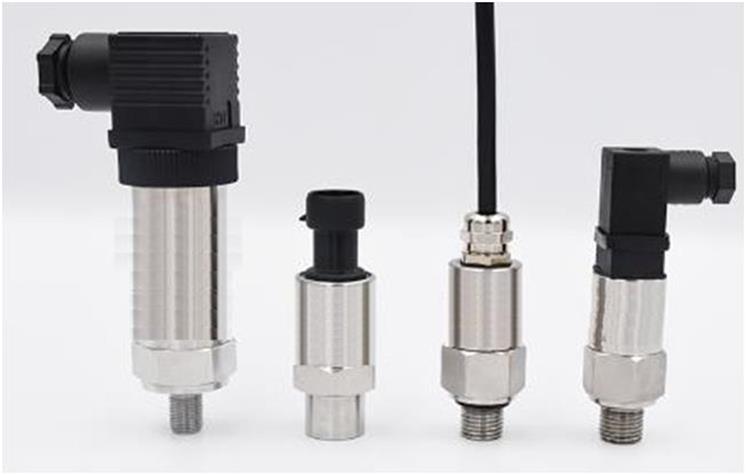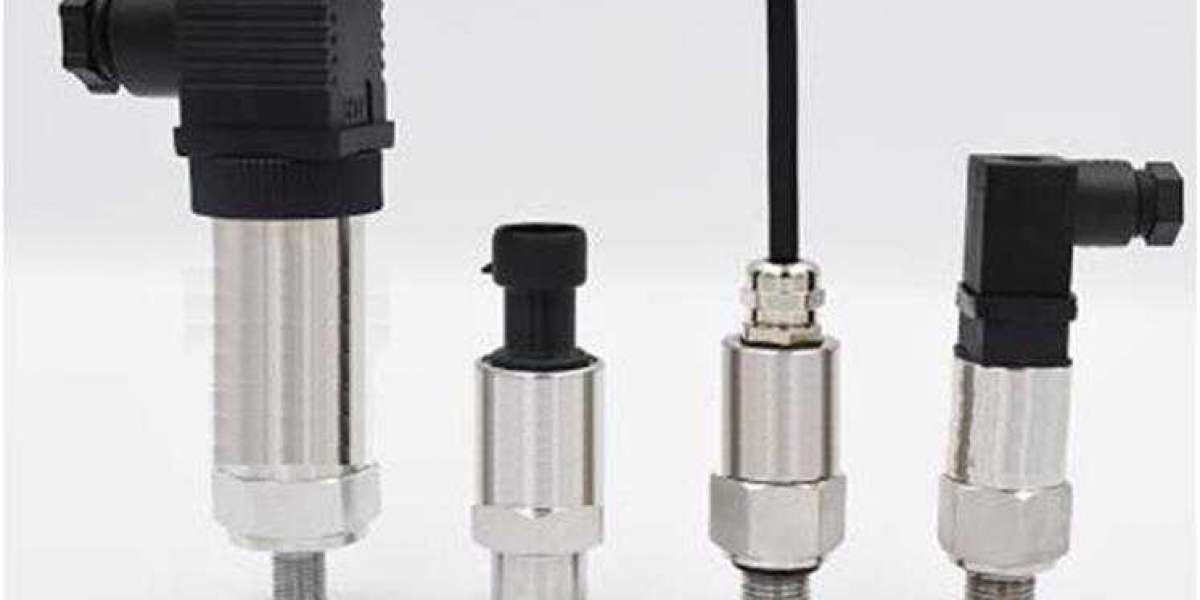A pressure sensor is a device used to measure pressure and has a wide range of applications in industrial, medical, automotive, aerospace, and other fields. The structural composition of the pressure sensor is very complex. It includes multiple components and technologies. Let's introduce it in detail below.

First of all, one of the most important parts of the pressure sensor's structural composition is the sensing element. The sensing element is the core component that converts pressure into electrical signals. Its selection directly affects the performance and accuracy of the sensor. Common sensing elements include piezoresistive, piezoelectric, capacitive, and electromagnetic types. Among them, the piezoresistive sensing element is the most common one, which uses the piezoresistive effect of the material to convert pressure into resistance value. The piezoelectric sensing element uses the piezoelectric effect to convert pressure into a charge or voltage signal. Capacitive sensing elements use changes in capacitance to measure pressure. Different sensing elements have their own advantages and disadvantages, and choosing the appropriate sensing element is crucial to the performance of the sensor.
Secondly, the structure of the pressure sensor also includes a signal processing circuit. The signal output by the sensing element is often weak and needs to be amplified, filtered, and linearized by the signal processing circuit in order to obtain accurate pressure values. The design and manufacturing of signal processing circuits need to take into account the characteristics of the sensing element and the requirements of the working environment to ensure the stability and reliability of the sensor.
In addition, the structural composition of the pressure sensor also includes mechanical structure and seals. The mechanical structure is an important part used to support and protect the sensing element. It needs to have sufficient stiffness and durability to adapt to various complex working environments. At the same time, the design of the seal is also crucial. It needs to ensure that the sensing element is not corroded and contaminated by external media to ensure the long-term stable operation of the sensor.
In addition, the structure of the pressure sensor also includes a temperature compensation circuit and a communication interface. The temperature compensation circuit is used to correct the output of the sensor at different temperatures to improve the accuracy and stability of the sensor. The communication interface is used to transmit sensor data to external devices for monitoring and control. The design of the communication interface needs to take into account the compatibility of the sensor and external devices and the selection of communication protocols to ensure reliable transmission and processing of data.
In general, the structure of a pressure sensor is a complex and sophisticated system, which includes sensing elements, signal processing circuits, mechanical structures, seals, temperature compensation circuits, and communication interfaces. These parts need to fit closely to ensure good sensor performance and reliability. With the continuous advancement of science and technology, the structural composition of pressure sensors is also constantly innovated and improved to meet the needs of pressure measurement in different fields.
https://www.dejintech.com/internal-structure-and-working-principle-of-pressure-sensor.html



